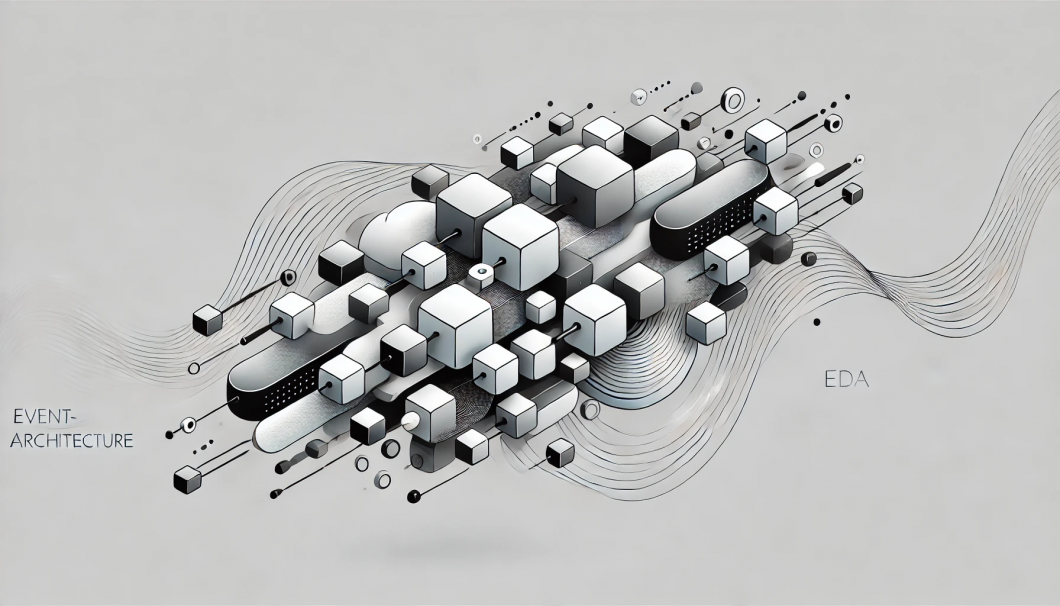In today’s fast-paced digital landscape, businesses require highly scalable, responsive, and resilient systems. Event-Driven Architecture (EDA) has emerged as a powerful approach to handling complex workflows and enabling real-time processing. But when and why should you adopt it?
Table of Contents
What is Event-Driven Architecture?
EDA is a software design pattern where components communicate through events instead of direct function calls or synchronous API interactions. This decoupled nature allows systems to react dynamically to changes, improving responsiveness and scalability.
For example, in an e-commerce platform, when a user places an order:
- The order service publishes an event (“OrderPlaced”).
- The payment service listens for that event and processes the payment.
- If successful, the shipping service listens for the “PaymentSuccessful” event and initiates delivery.
Each service operates independently without needing direct calls between them.
Why Use EDA?
EDA brings several advantages:
- Improved Scalability – Services scale independently based on event demand.
- Better Decoupling – Loosely coupled services allow easier updates and enhancements.
- Real-Time Processing – Critical for fraud detection, financial transactions, and IoT monitoring.
- Fault Tolerance – If an event consumer fails, the event remains queued for later processing.
When Should You Use EDA?
EDA is ideal for scenarios that require real-time responsiveness, scalability, and decoupling, including:
Microservices Communication
- Used by Netflix to allow microservices to handle user interactions asynchronously.
Streaming Data Processing
- Used by LinkedIn, which processes billions of user interactions in real time via Apache Kafka.
Scalability Requirements
- Adopted by Uber, where ride requests, driver availability, and pricing updates occur in real time.
Resilient Systems
- Financial institutions like Goldman Sachs use EDA for event-driven risk assessments and fraud detection.
User Activity Tracking
- Facebook uses EDA to log likes, comments, and shares, later feeding data into analytics engines.
When Not to Use EDA
Despite its benefits, EDA isn’t always the best choice. It may introduce unnecessary complexity in the following cases:
Simple Workflows with Minimal Services
- If your system only has a few components with clear interactions, EDA adds unneeded overhead.
- Example: A basic CRUD-based SaaS app (e.g., simple task management software) might not need event-driven processing.
Low-Latency, Synchronous Transactions
- Banking transactions that require immediate confirmations benefit more from traditional ACID-compliant relational databases rather than eventual consistency.
- Example: A stock trading platform needs instant trade execution, making a synchronous approach preferable.
Strict Data Consistency is Required
- Eventual consistency is a core trait of EDA, but applications like accounting software often need strong consistency.
- Example: SAP ERP systems prefer synchronous processing to maintain financial accuracy.
Debugging and Observability Concerns
- Distributed event-driven systems are harder to debug because tracing an event’s journey across multiple services can be difficult.
- Example: In a healthcare application, a missed event in a patient’s medication history could have serious consequences.
Overhead for Small Applications
- If your system doesn’t require high scalability, introducing Kafka, RabbitMQ, or AWS EventBridge might be overkill.
- Example: A personal blog or portfolio site wouldn’t benefit much from EDA.
Challenges to Consider
While EDA offers numerous benefits, it also introduces complexity. Event ordering, debugging, and ensuring data consistency can be challenging. Adopting the right tooling—such as Kafka, RabbitMQ, or AWS EventBridge—can help mitigate these issues.
Conclusion
Event-Driven Architecture is a game-changer for modern applications requiring scalability, responsiveness, and resilience. However, it should be carefully evaluated based on business needs and system complexity. EDA is powerful but should be used strategically. Companies like Uber, Netflix, and Facebook rely on it for real-time processing, scalability, and resilience. However, applications requiring strict data consistency, low latency, and simplicity might benefit from traditional architectures instead.



